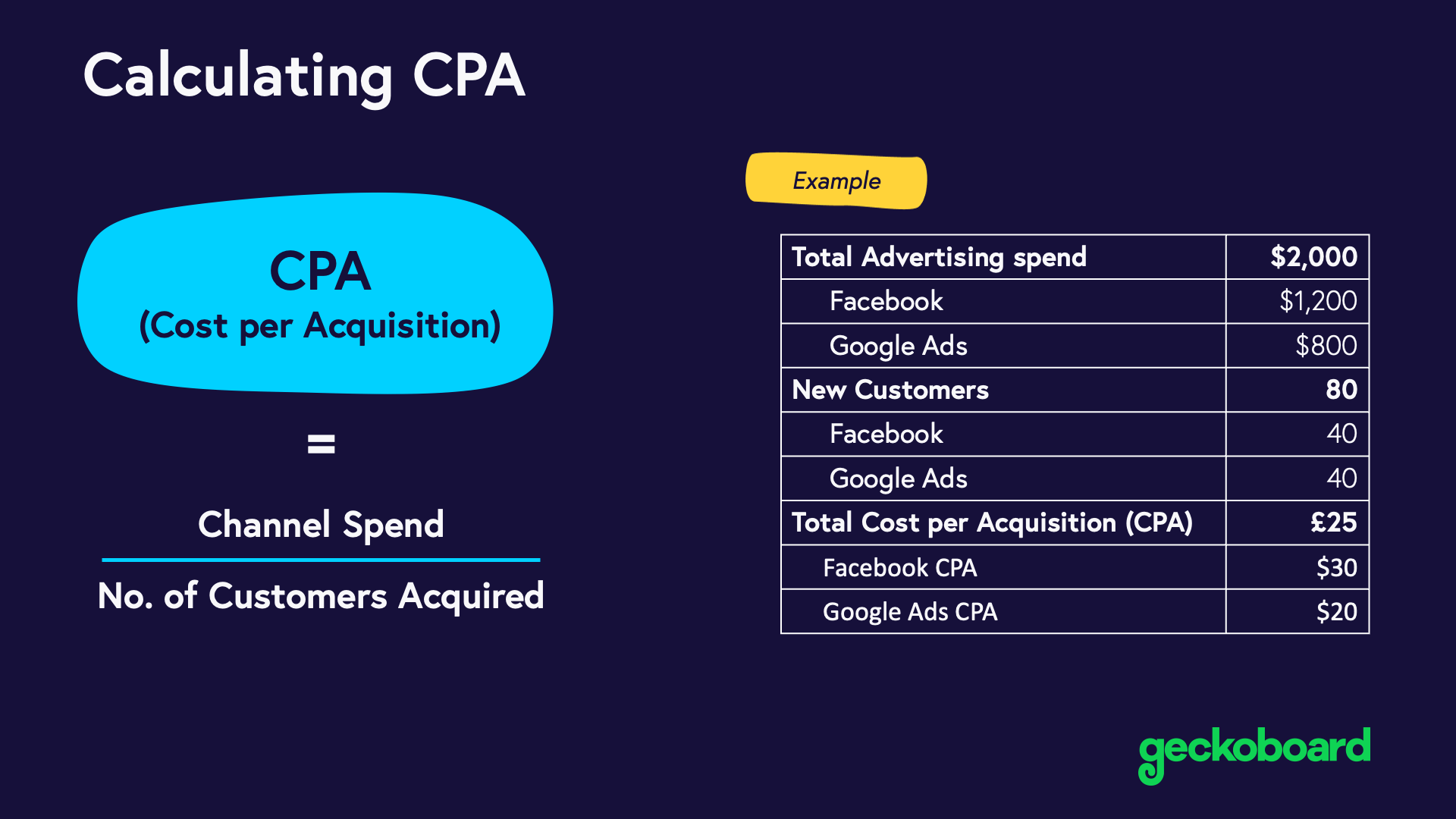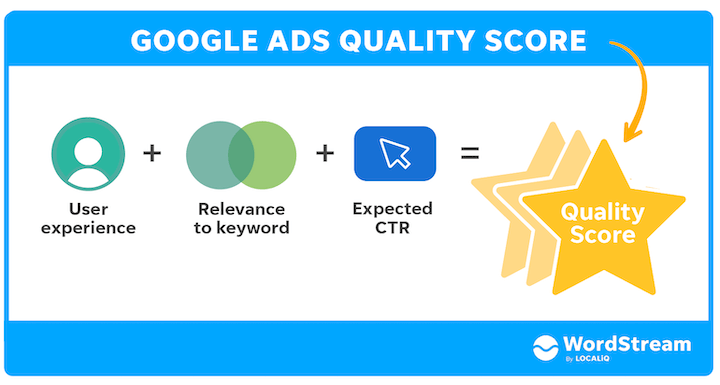The greatest approach to gauge the conversion potential of your content and, as a result, its effectiveness in your advertising efforts is to use cost per acquisition.
What is cost per acquisition (CPA)?
The cost per acquisition, or CPA, is a vital marketing metric that calculates the total costs of a user taking a certain action that concludes in a conversion. A conversion could be a click, a sale, a download, or an installation. It must take into account the cost of marketing campaigns or other expenses incurred to acquire a new consumer.
CPA considers the total cost of the journey from first contact to the consumer. Understanding cost per acquisition enables marketers, such as businesses, to decide whether or not to execute an ad in a certain scenario.
The cost per acquisition (CPA) is a critical performance indicator that assesses the effectiveness of various paid marketing channels such as:
- Content marketing
- Social media marketing
- Pay-per-click (PPC)
- Display
- Affiliate marketing
CPA calculation with example
CPA is the total marketing campaign cost divided by the total number of conversions. The below infographic shows the calculation through an example:

Image source: geckoboard
Importance of CPA
You will typically have the choice of CPA, CPC (Cost per Click), and CPM (Cost per 1000 Impressions) bidding on most advertising networks. For the reasons listed below, the majority of acquisition marketers prefer the cost-per-acquisition pricing model:
- The advertiser can define the acquisition before they start advertising, and only pay when they achieve the desired outcome.
- Having to pay for direct results makes it easier to compare performance across channels (in the case of a campaign running on both Facebook and Google).
- It helps businesses to figure out the best CPA for acquisition in their respective industries.
- Using CPAs is a great way for companies to evaluate how successful their marketing campaigns are. If they set a budget for their campaign and don’t meet that budget, that indicates the campaign isn’t effective.
- The CPA is used by advertisers to see how much they spend on marketing and advertising. Considering it’s a fixed amount, they can add up all the CPAs to find out how much they are spending.
Accompanying metrics
For an accurate picture of all your marketing efforts based on the revenue they generate, you may also want to track other more holistic metrics in addition to CPA. Consider including the below-mentioned related marketing metrics when adding CPA to your marketing dashboard
Optimize and reduce cost per acquisition
Lowering CPA may boost your return on investment (ROI) quickly often without having to spend more money on traffic acquisition. It is preferable (and comparatively easier) to consider strategies to lower marketing and conversion expenses before the influx of sales data. Below is a list of best practices that can be implemented to reduce the CPA:
Landing page optimization
The first impression is the last, as we’ve all heard since we were little, and your website is no different. Your landing page significantly influences total conversions since it is the first-page visitors notice after clicking on your advertisement. A/B testing is a good way of predicting the success rate of modifying a single attribute of your landing page and determining which version will perform the best.
Improve the Quality Score
“Quality Score is a diagnostic tool meant to give you a sense of how well your ad quality compares to other advertisers. It is Google’s rating of the overall user experience that your ads and landing pages provide when users search for your keyword(s). This is represented on a scale of 1-10, with 1 being the lowest and 10 being the highest.” – Google
You can achieve a higher quality score with increased clickability and ad relevancy (through relevant keywords and enhanced user experience), which will result in lower click costs, lower cost per conversion expenses, and price reductions.

Implement and run retargeting campaigns for:
- Shopping cart abandoning visitors
- People leaving websites without taking any action
- Frequent visitors
Temporarily stop:
- Targeting locations generating little to no sales
- Non-converting keywords
- Any unprofitable paid campaigns
Frequently evaluate the search terms report for negative keywords
Check your search terms report frequently for any unnecessary or irrelevant searches. Scan for and remove any terms that do not support your marketing goals. The goal of negative keyword analysis is to make sure that your advertising isn’t targeting users that you know aren’t interested in what your company has to offer.
Improve the ad copy
Examine your present ad wording more closely to see:
- Whether your message is in line with your advertising goals.
- How does it compare to your top-performing campaigns?
Make minor adjustments to the CTAs or the ad language to help you more effectively target qualified leads.
Improve the checkout experience
To build trust, fix the issues that turn off visitors and create a negative user experience. Some things to be taken care of are:
- Be transparent about the total value of the items, including any shipping costs and any additional expenses.
- Technical difficulties such as website timeouts, website crashes, and screen freezing.
Optimize mobile ads performance
Create mobile-friendly ads to improve the user purchasing experience on mobile devices.
Lower the keyword bids
To determine the influence of ad rank on your click-through and conversion rates, run a Google Experiment on your target keywords. Based on the findings, modify the keywords you’re choosing, and eliminate any bids for phrases that are just not effective and are instead driving up your marketing costs.
Test your ads
Unquestionably, A/B testing is a powerful technique to make sure you’re utilizing the ideal material for each audience section. To determine what is most effective, you need to set up at least two distinct ads in each ad group.
To see what connects with and repels your audience, you may experiment and test with:
- the headline content (e.g., whether to contain the search keyword)
- the description (e.g., which feature and value to highlight)
- the CTA
Take a free trial with VWO and see how easy A/B testing is!
In the world of digital advertising, comprehending CPA is vital. You can develop more successful campaigns and obtain more conversions for less money by understanding how it functions and tweaking it.
In addition, a lot of things might affect your CPA. What is effective for one sector or firm may not be effective for another. To lower the cost of attracting consumers with a high lifetime value and conversions, you must experiment methodically and consistently.









